President Donald Trump’s “Liberation Day” tariff announcements threw a grenade into most expectations for the year to come.
Consumers hoping for relief from inflation are now facing the prospect of paying the highest taxes on imports in decades. Optimism for a strong year for equities have been blunted, with stocks nearly falling into bear-market territory. And economic growth … well, that too could grind to a halt.
The word “recession” is popping up in forecasts and analyses far more frequently than usual—but it’s hardly a lock. Economists and strategists have been downgrading their views for the U.S. economy, but they’re not in agreement over whether it will plunge into full-blown contraction.
Today, we’ll take a look at several of the most recent Wall Street forecasts for the year to come. While we’ll focus on U.S. economic growth, we’ll also note some of the pros’ observations about inflation, unemployment, and the Federal Reserve’s benchmark interest rate.
What Is a Recession?
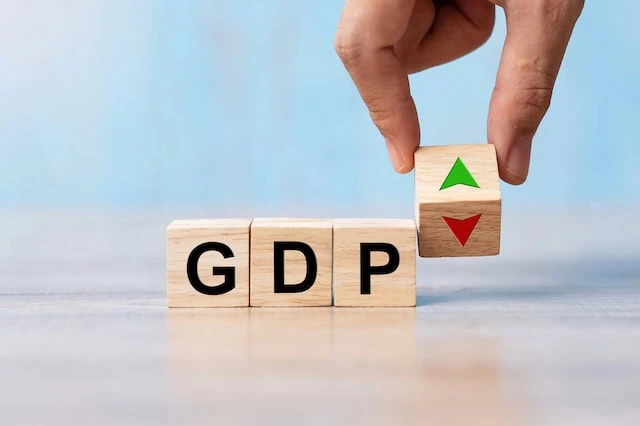
Every time I start explaining a financial definition, I slump and sigh, wishing that I was about to give you a single, easy definition.
Alas.
The informal definition of a recession is straightforward, at least: two consecutive quarters of declining “real” (adjusted for inflation) gross domestic product, or GDP. In other words, if U.S. economic activity drops for two straight quarters, that’s enough for most people to say we’re in a recession.
But if you want something resembling an official stamp of approval on that recession, you’ll need to talk to the National Bureau of Economic Research (NBER), which generally is considered the foremost determiner of U.S. recessions.
You can read NBER’s full explanation, but the money quote is that “a recession involves a significant decline in economic activity that is spread across the economy and lasts more than a few months,” which is wonderfully vague. It does look at three specific criteria—depth, diffusion, and duration—but it goes on to explain that “while each criterion needs to be met individually to some degree, extreme conditions revealed by one criterion may partially offset weaker indications from another.”
In other words: Recessions don’t necessarily need to meet the exact same hyper-specific criteria for the NBER to call them a recession.
But historically, official recessions have usually involved two consecutive quarters of economic decline. Thus, when you’re reading forecasts about recession probabilities (like the ones we’ll look at today), you can safely assume the author is talking about whether we’ll meet that very simple, specific threshold.
Do you want to get serious about saving and planning for retirement? Sign up for Retire With Riley, Young and the Invested’s free retirement planning newsletter.
Recession Timing
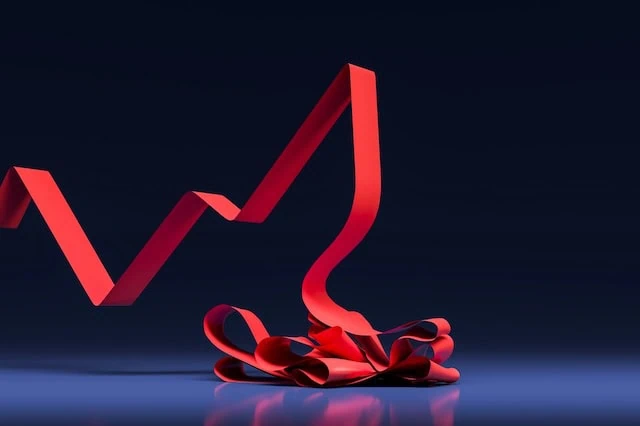
Recessions aren’t exactly frequent, but they’re also not uncommon. The U.S. has experienced 13 recessions since World War II, and on average, they’ve lasted 10 months. During those recessions, GDP has contracted by 4.4% on average.
One of the oddest characteristics of a recession is that even if you’re pretty sure we’re in the middle of one, we don’t actually know until long after the fact. “Since 1980, it took the NBER an average of seven months to announce the start of a recession,” says Sam Stovall, Chief Investment Strategist at independent research firm CFRA.
Which makes sense! The U.S. Bureau of Economic Analysis (BEA) releases its first (advance) estimate of GDP about a month after a quarter ends. So, two quarters is six months, and the first GDP report for that second quarter would come a month after that, for a total of seven months. So even if the NBER weren’t calling balls and strikes, and we were just going by the unofficial definition, no one could say for sure whether we were in a recession for at least seven months after it started!
Even more disorienting? Stocks tend to move well in front of recessions. “The S&P 500 anticipated recessions by peaking an average of six months ahead of the recession,” Stovall says, adding that “these pre-recession declines lasted an average 13 months.”
All of this is a long way of saying that a person could experience all of the horrible things that happen in and around recessions, including joblessness and stock-market losses, well before we knew for sure that we were in a true recession.
Related: Are You Financially Stable? 10 Signs of Financial Health
GDP Forecasts From the Pros

So, are we in a recession, or about to be at some point in 2025?
Research firms by and large have taken a pretty pessimistic view of the “Liberation Day” tariffs, with many lowering their expectations for U.S. economic growth in GDP. However, not all of them think the U.S. economy will necessarily shrink—they merely expect our expansion to slow.
Let’s check out some of the most recent forecasts.
JPMorgan
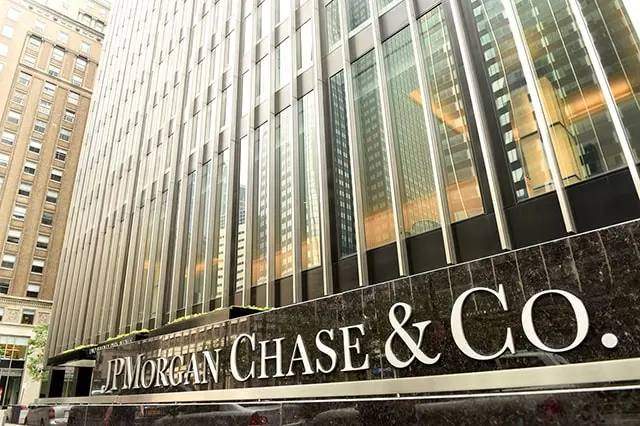
JPMorgan’s economics team is now expecting full-year real GDP growth of -0.3%, down from 1.3% previously and in recession territory. “An extremely hawkish change in trade policy has led us to project the economy will slip into recession,” says Michael Feroli, Chief U.S. Economist for JPMorgan.
Specifically, Goldman is now expecting full-year real GDP growth of -0.3%, down from 1.3% previously.
“Expect the weakest months to be concentrated in the middle of the year,” Feroli says. “Even so, from a quarterly perspective we look for contractions in 3Q and 4Q.”
Other observations:
- Unemployment could reach 5.3%. (The most recent reading, in March 2025, was 4.2%.)
- Full-year core personal consumption expenditures (PCE) inflation forecast has been lifted by 1.4 percentage points, to 4.4%.
- Believes the Federal Open Market Committee (FOMC) will cut the Fed funds rate at every meeting through January, bringing the top of the funds rate target range down to 3.0%. (The current range is 4.25%-4.5%.)
Related: Do These 7 Bear Market Tips Hold Up to Scrutiny?
Goldman Sachs
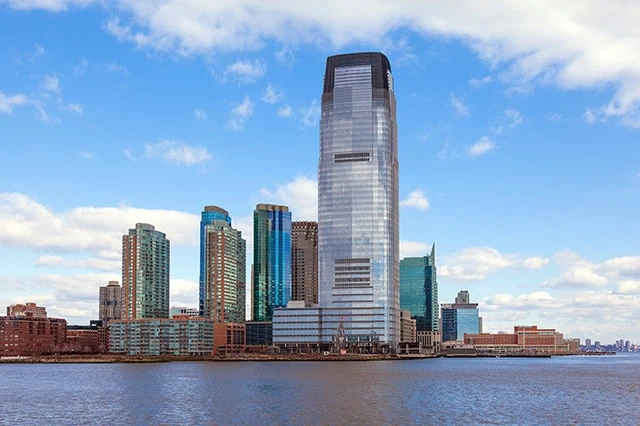
Goldman Sachs’ economics research team isn’t quite yet sold on the U.S. reaching a recession in 2025. However, it believes the chances of that happening are rising, and if most of the announced tariffs come to pass, that could push the team over the top.
“We are lowering our 2025 Q4/Q4 GDP growth forecast to 0.5% and raising our 12-month recession probability from 35% to 45% following a sharp tightening in financial conditions, foreign consumer boycotts, and a continued spike in policy uncertainty that is likely to depress capital spending by more than we had previously assumed,” Goldman’s team says.
“This baseline forecast still rests on our standing assumption that the effective U.S. tariff rate will rise by 15 percentage points in total, which would now require a large reduction in the tariffs scheduled to take effect on April 9. If most of the April 9 tariffs do take effect, then the effective tariff rate will rise by an estimated 20 percentage points once those increases and likely sectoral tariffs take effect, even allowing for some country-specific agreements at a later date. If so, we expect to change our forecast to a recession.”
Other observations:
- Unemployment will reach 4.5% by the end of 2025.
- The Fed will make three 25-basis-point “insurance cuts” starting in June—earlier, the team expected cuts would start in July. However, in a recession scenario, “we would instead expect the Fed to cut by around 200 basis points over the next year.”
Related: 8 Best Wealth + Net Worth Tracker Apps [View All Your Assets]
Morgan Stanley

Morgan Stanley doesn’t currently project the U.S. will fall into recession, in part because of optimism about tariffs.
“We expect reciprocal tariffs to go into effect, but we think there is scope for some rates to be negotiated lower into year end,” says Michael Gapen, Morgan Stanley’s Chief U.S. Economist. “We now look for growth in real GDP of 0.8% (Q4/Q4) this year and 0.7% next, down from 1.5% and 1.2% previously.”
“Although we are not forecasting a recession for the US economy, the gap between a sluggish growth outlook and a downturn has narrowed.”
Other observations:
- Headline and core PCE inflation will firm to 3.4% and 3.9%, respectively, by year’s end.
- Unemployment rises to 4.9%, “though most of that occurs in 2026.”
- Between high inflation and sluggish growth, no expectations for Fed cuts until March 2026, though “a recession could mean earlier and larger upfront cuts.”
Related: 8 Ways Higher Tariffs May Lead to Higher Costs for Americans
Wells Fargo Investment Institute
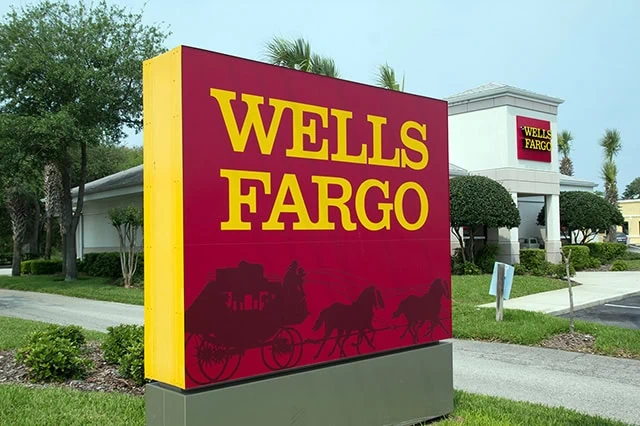
Wells Fargo also thinks the U.S. will avoid a recession, though it significantly lowered its growth forecasts for the year.
“We are lowering our 2025 U.S. GDP growth target to 1.0% from 2.5% to account for a softer-than-expected start to the year and unexpectedly aggressive tariff increases,” says the Wells Fargo Investment Institute (WFII). “Some of the early-year weakness may be payback for a strong finish to 2024, when consumers and businesses began front-loading purchases ahead of anticipated tariffs … but we expect fresh headwinds related to tariffs going forward.”
Other observations:
- Consumer price index (CPI) inflation will be 3.5%, up from a previous forecast of 3.3%.
- The expected hit to U.S. economic growth in the first half of the year will give the Federal Reserve some leeway to cut interest rates. Wells now sees the Fed making three cuts in 2025, with the Fed funds rate dropping to a range of 3.5%-3.75% by the end of the year.
Related: How to Protect Your Wealth: 10 Proven Strategies
Glenmede

Glenmede’s Investment Strategy Team is effectively on the fence when it comes to the possibility of a recession in 2025.
“Last week’s reciprocal announcement was more forceful than many expected and should raise the U.S. effective tariff rate above 20%, surpassing 1930s Smoot Hawley levels,” say Jason Pride, Chief of Investment Strategy & Research, and Michael Reynolds, Vice President of Investment Strategy at Glenmede. “Reciprocal tariffs are expected to result in an additional headwind to economic growth of around 1.2% bringing the total tariff-related headwind to GDP near 2.0%, given the pre-existing 0.8% headwind from the China, Canada/Mexico and product-specific tariffs.
“In the short term, trade policy headwinds are expected to slow GDP growth toward 0%, raising the probability of recession this year to 40%-50% by Glenmede’s estimates.”
Other observations:
- Pride and Reynolds say that the Fed and investors don’t need to wait for formal economic data to show them what they already highly suspect will happen. “As a result, this week’s CPI is unlikely to alter the Fed’s thought process on rate cuts this year. The May FOMC is in play for a rate cut, though it remains to be seen whether a consensus is building for that course of action.”
Want to talk more about your financial goals or concerns? Our services include comprehensive financial planning, investment management, estate planning, taxes, and more! Schedule a call with Riley to discuss what you need, and what we can do for you.







![The 11 Best Vanguard ETFs for 2025 [Build a Low-Cost Portfolio] 21 best Vanguard ETFs](https://youngandtheinvested.com/wp-content/uploads/best-vanguard-etfs-600x403.webp)
![5 Best Money Market Funds [Protect Your Savings, 2025] 22 a businessman protects his savings in the safe.](https://youngandtheinvested.com/wp-content/uploads/money-market-funds-safe-safety-security-1200-600x403.webp)
